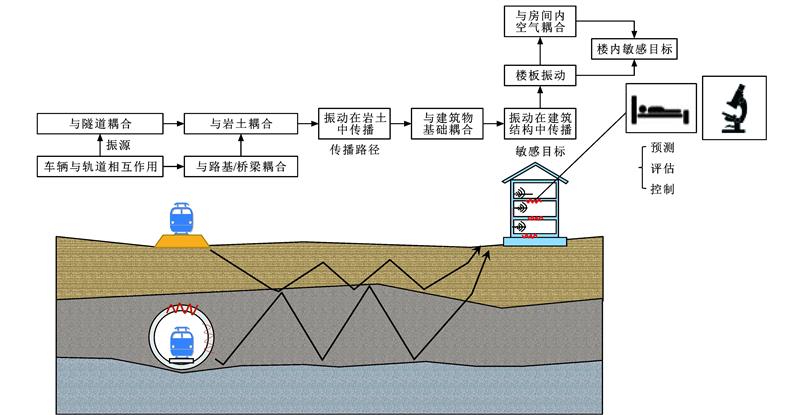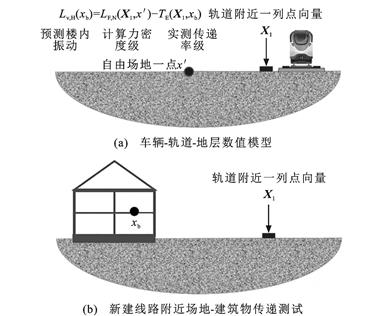| 列车引起环境振动预测方法与不确定性研究进展 |
| |
| 引用本文: | 马蒙, 刘维宁, 刘卫丰. 列车引起环境振动预测方法与不确定性研究进展[J]. 交通运输工程学报, 2020, 20(3): 1-16. doi: 10.19818/j.cnki.1671-1637.2020.03.001 |
| |
| 作者姓名: | 马蒙 刘维宁 刘卫丰 |
| |
| 作者单位: | 北京交通大学 土木建筑工程学院, 北京 100044 |
| |
| 摘 要: | 
系统总结了列车运行引起环境振动的各类预测方法及其不确定性问题, 梳理了初步预测、确认预测和精准预测3个预测等级内各种方法和模型近10年来的发展状况; 讨论了模型输入参数的随机不确定性, 包括车辆之间差异、轮轨磨耗以及预测模型中输入地层参数等带来的不确定性; 根据新的测试结果分析了车轮和钢轨磨耗状态对地铁振动源强不确定性的影响。
研究结果表明: 机器学习方法和地层传递函数解析法可用于初步预测阶段; 用于确认预测的各类数值和解析模型日益完善, 预测效率日益提高, 但考虑车轮和钢轨磨耗发展的轮轨激励输入方法仍有待进一步完善, 仍需进一步发展振动传递路径清晰且可用于工程预测的建筑结构动力学模型; 精准预测需要发展混合预测方法并研究其在地下线振动预测中的应用; 目前对预测结果精准性和预测方法可靠性的研究十分欠缺, 绝大多数预测只能给出定值结果, 无法考虑轮轨磨耗、养护管理水平和振动在地层中传播的不确定性; 建议进一步开发具有远程智能离线采样功能, 并可在建筑结构上长期便捷安装的小型振动采集装置, 以便与机器学习预测方法相结合, 从而适应未来智能化预测的发展要求; 建议发展能够描述钢轨短波磨耗状态等级和车轮不圆顺等级的粗糙度谱, 构建完整养护维修周期内环境振动动态预测模型; 应发展具有可靠性及精准度要求的智能化预测方法, 并在未来实现由定值预测向概率预测发展的根本性转变。

|
| 关 键 词: | 地铁 环境振动 振动预测 数值模型 不确定性 |
| 收稿时间: | 2020-03-29 |
| 本文献已被 CNKI 万方数据 等数据库收录! |
| 点击此处可从《交通运输工程学报》浏览原始摘要信息 |
|
点击此处可从《交通运输工程学报》下载免费的PDF全文 |
|



